Graphic design originated as a means of communicating ideas visually, evolving alongside advancements in technology and culture. Today, it is not constrained by traditional rules; rather, myriad graphic design ideas flourish. In essence, graphic design fuels creativity and infuses projects with a vibrant flair. Although once perceived as purely professional and rigid, modern graphic design is all about unleashing your creativity and enjoying the process--and it's undergoing quite a transformation right now. Elevate your creative endeavors with these graphic design tips and start crafting something uniquely yours.
Creative exploration
Graphic design for fun and creative exploration involves diving into the expansive sea of visual possibilities, where colors, shapes, and textures blend and clash in unpredictable harmony. This endeavor often leads designers to experiment with unconventional materials, such as incorporating elements from nature or everyday objects, to produce unexpected results that challenge the boundaries of traditional design. As designers venture beyond the typical constraints of commercial projects, they can indulge in playful typography, surreal collages, and abstract compositions that evoke emotion and encourage viewers to interpret the artwork through their own lenses. This uninhibited exploration fosters a sense of freedom and innovation, giving rise to unique visual languages that transcend conventional narratives and inspire both the creator and the audience to engage with the material world in new and exciting ways.
Visual storytelling
Visual storytelling in graphic design captivates audiences by weaving a narrative through imagery and design elements that evoke emotion and imagination. Graphic designers employ color schemes, typography, and composition to guide the viewer's eye and convey messages that transcend language barriers. The integration of symbols, metaphors, and visual motifs allows for layers of interpretation, enabling audiences to engage with the story on multiple levels. Each element works harmoniously to not only make the story aesthetically pleasing but also memorable and impactful, encouraging the viewer to connect and reflect on the narrative's deeper meanings.
Typography play
Typography play is an exhilarating aspect of graphic design that involves manipulating typefaces to create engaging and visually stimulating compositions. Designers often experiment with fonts, sizes, and spacing to convey emotion or narrative beyond the literal meaning of the words. By distorting or integrating typography into imagery, one can form intricate patterns or abstract designs that challenge conventional reading, creating a sense of movement or rhythm. The playful use of curves, lines, and colors within the type can also evoke a specific mood or personality, turning ordinary text into an expressive art form that captivates the audience's attention.
Color experimentation
Exploring color experimentation in graphic design entails a combination of intuitive play and advanced theoretical understanding. Designers dive into the vivid world of hues, tints, and shades, juxtaposing them in unexpected compositions that intrigue and captivate. Vibrant palettes can completely transform the mood of a design, effectively conveying emotions and messages that engage audiences on a profound level. A designer may employ techniques like color blocking or gradient overlays to create depth and movement, drawing on the psychological effects colors have to subtly influence viewer perception and interaction.
Layout innovation
Graphic design for fun thrives on the exhilaration of layout innovation, ushering in a daring blend of asymmetry and structured chaos that challenges traditional boundaries. Designers revel in the freedom to manipulate typography, imagery, and color schemes in unconventional ways, creating dynamic visual narratives that captivate and intrigue. The playful misalignment of elements, unexpected cropping, and layering techniques encourage viewers to explore every inch of a composition, leading to fresh and immersive experiences. Embracing white space as a crucial, yet playful element, designers craft layouts that appear both spontaneous and meticulously planned, tantalizing the eye with a sense of unpredictability and discovery.
Artistic expression
Engaging in graphic design for fun that focuses on artistic expression can unlock a portal to infinite creativity, allowing one to break free from conventional constraints and explore the depths of imagination. The absence of client-driven specifications provides designers with complete freedom to experiment with bold colors, abstract forms, and innovative compositions, crafting digital canvases that resonate on a deeply personal level. This creative liberation encourages the blending of various artistic techniques from analog and digital realms, resulting in unexpected and sometimes awe-inspiring masterpieces. As designers indulge in this artistic expression, they delve into a self-discovery journey, reflecting their unique perspectives on the world and mirroring the intricate tapestry of their thoughts and emotions.
Graphic puzzles
Graphic puzzles are a captivating subset of visual design that blend art with intellectual challenge, inviting participants to engage with images in a problem-solving manner. These puzzles utilize a variety of design elements, such as color, symmetry, typography, and optical illusions, to create intriguing compositions that require careful observation and analysis. Designers often incorporate hidden images, ambiguous figures, or intricate patterns that demand a keen eye and lateral thinking to discern the solution or hidden meaning. The appeal lies not just in the challenge of solving them but also in the aesthetic pleasure derived from the clever use of visual elements, making graphic puzzles both a playful pastime and a stimulating mental exercise.
Illustration techniques
Illustration techniques in graphic design offer a vast array of creative possibilities, allowing designers to convey complex ideas through visual storytelling. Techniques such as vector illustration utilize geometric shapes and lines with precision and scalability, making them popular for creating clean and modern visuals. Some designers prefer hand-drawn illustrations using digital tablets, which allow for a more personal and organic feel while incorporating layers, textures, and realistic shading. Meanwhile, mixed media techniques can merge traditional and digital methods, using scanned sketches or paintings as a foundation, and then enhancing them with digital tools for depth and vibrancy, thus bridging the gap between tactile artistry and digital innovation.
Visual puns
Graphic design infused with visual puns engages the viewer's cognitive faculties by merging imagery to convey dual meanings, producing a playful and thought-provoking experience. Designers employ clever manipulations of common objects or scenes, transforming them into unexpected visuals that incite humor and surprise; such techniques demand an astute understanding of cultural context and language nuances to ensure the intended message resonates universally. For example, an image of a cat lounging on a stack of books titled "purr-suasive literature" not only combines the auditory pun but also visually aligns the comfort of reading with the coziness of a cat, thus creating an engaging narrative. This intricate juxtaposition necessitates a precise balance of creativity and technical skill, where choice of color, typography, and composition can either amplify or subdue the pun's impact, ensuring the design remains visually clear while delivering its witty message.
Design challenges
Graphic design for fun, particularly through design challenges, presents an incredibly enriching way to hone one's skills while simultaneously pushing creative boundaries. Participants are often tasked with designing within constraints, such as a specific color palette, typography rule, or thematic inspiration, which encourages them to think outside the box and innovate within limitations. Such challenges can be daily, like the "36 Days of Type," where designers create visually appealing representations of each letter, or thematic, where designers might reimagine movie posters, providing a structured yet liberating outlet for creativity. Engaging in these challenges also fosters community among designers, as sharing their creations on platforms like Instagram or Behance allows for feedback, discussions, and an exchange of ideas, further enriching the learning and creative process.






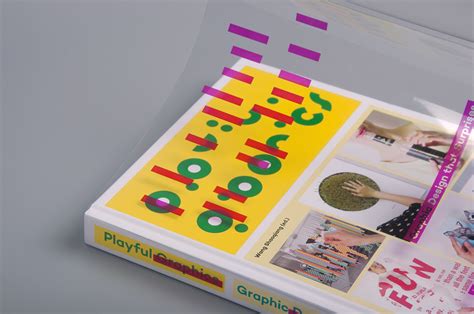
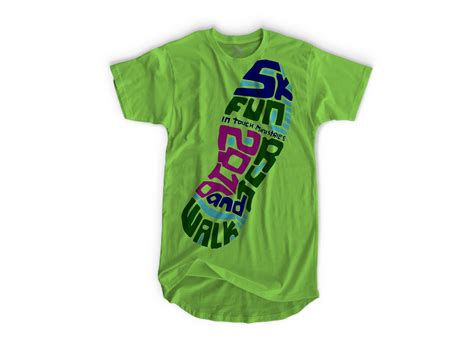
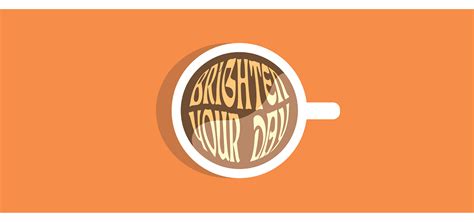
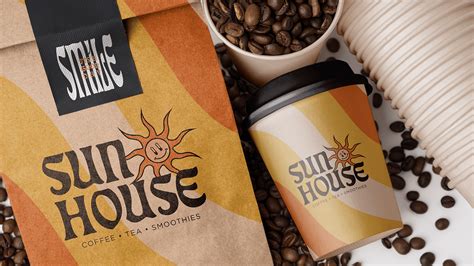
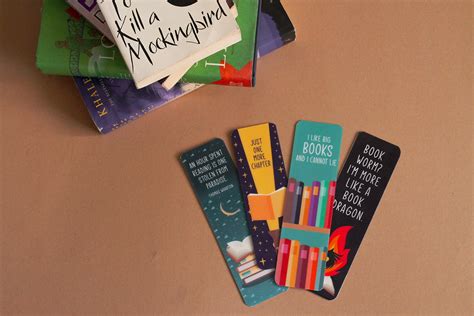
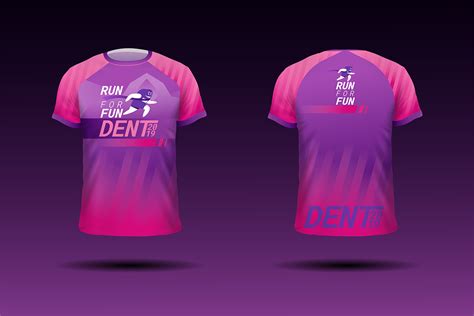


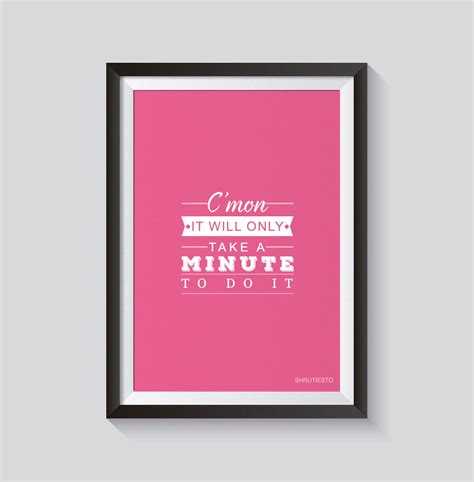
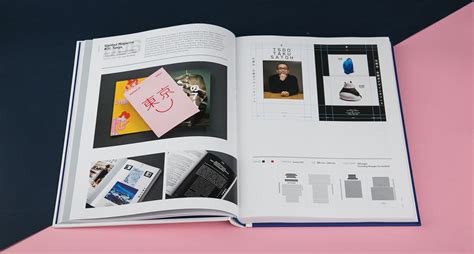
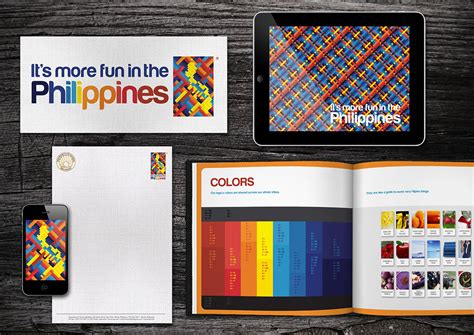
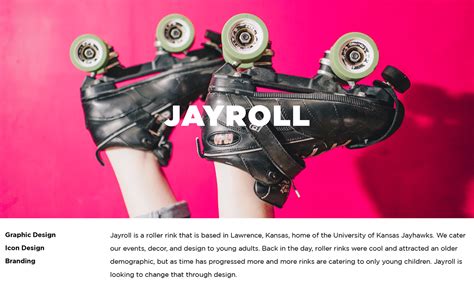
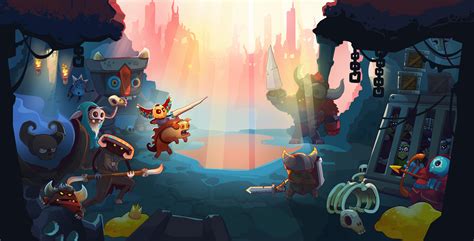

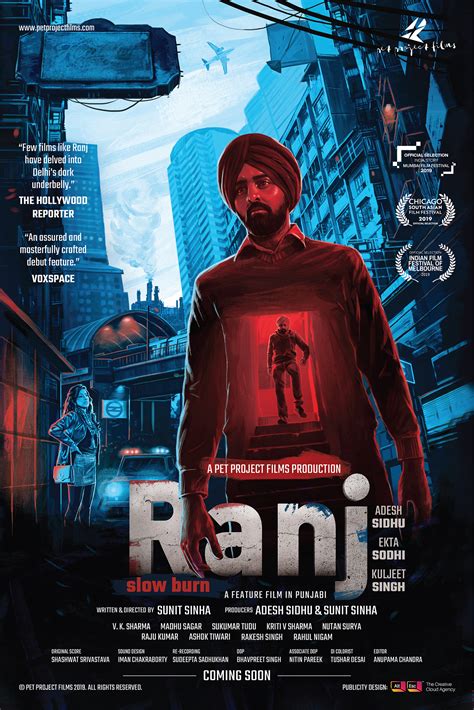
Leave a Reply
Your email address will not be published.